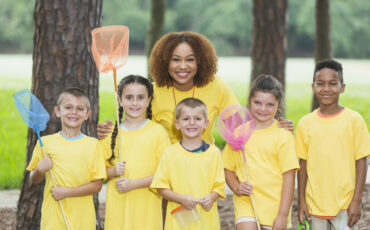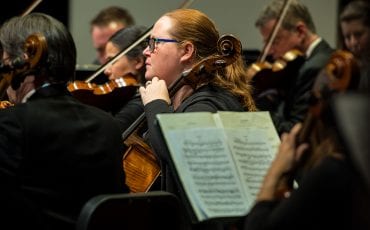Six Myths About Concussions

Table of Contents
Myth One:
You can tell right away when someone has a concussion. They’ll vomit and have a bad headache.
Fact: Symptoms can take hours or even days to appear. And because each brain is different, reactions to the injury vary from child to child. Symptoms also differ between boys and girls. A 2011 study in the Journal of Athletic Training found that boys and girls both report headaches after a concussion. But boys more often experience amnesia and confusion or disorientation, while girls may describe themselves as being drowsy or sensitive to noise.
Myth Two:
You have to be knocked unconscious for it to be a concussion.
Fact: According to the CNS, only about 10 percent of concussion-inducing blows cause the person to black out. And a concussion can occur even without a direct blow to the head. An impact to another part of the body, such as a hard fall, can sometimes jar the head enough to cause the brain to come in contact with the skull’s interior. It is this internal collision that causes the injury.
Myth Three:
Don’t let a person with a concussion fall asleep.
Fact: We’ve long heard that you should rouse a person every few hours after they’ve experienced a hit to the head to prevent a coma. In reality, after suffering a concussion your child can (and should) be allowed to sleep. His brain requires rest to begin healing. However, it is a good idea to keep an eye on your child for the first day or two to watch for the appearance of new behaviors and symptoms, or a decrease in functioning that could require an emergency room visit.
Myth Four:
A concussion is “no big deal.” Kids should just shake it off.
Fact: A concussion is also known as a mild traumatic brain injury. Not only is it unwise for your child to continue in sports-related activities while recovering from a concussion, your child may also need to cut back on mental stimulation.
The Centers for Disease Control and Prevention’s recommendations for concussion patients are that they:
- Get plenty of sleep at night, and rest during the day.
- Avoid physically demanding activities (e.g., sports or working out) or those requiring much concentration (e.g., sustained computer use, reading).
The CDC suggests kids not return to activities until they can engage in them without symptoms returning and to slowly increase the level of activity. For some kids, recovery may mean a reduction in school hours, homework amounts, or both.
The American Association of Pediatrics offers a form your pediatrician can complete to direct the school on accommodations should your child have a concussion. You can find it online at app.org.
Myth Five:
Only football and hockey players sustain concussions.
Fact: According to the American Academy of Neurology (AAN), football and rugby top the list of sports where boys are most susceptible to concussion, followed by hockey and soccer. Girls face the greatest risk of concussion while playing soccer and basketball. For younger children, up to age 9 years, bicycling and playground activities account for the greatest number of head injuries, including concussions.
Myth Six:
As long as my child wears a helmet, he won’t get a concussion.
Fact: Helmets prevent skull fractures, not concussions. While a padded helmet or other protective device may lessen the impact to your child’s cranium, none of them can stop the forces of motion that cause internal brain impact. The AAN encourages parents to make sure their child’s helmet fits well and is kept in good condition to reduce the risk of concussion.
– Lara Krupicka







